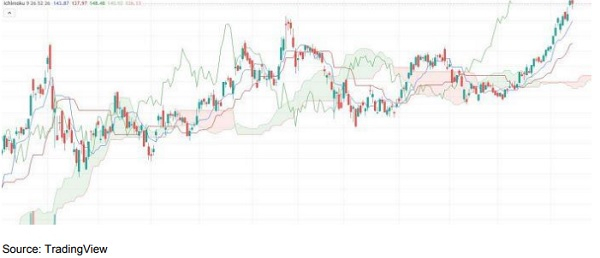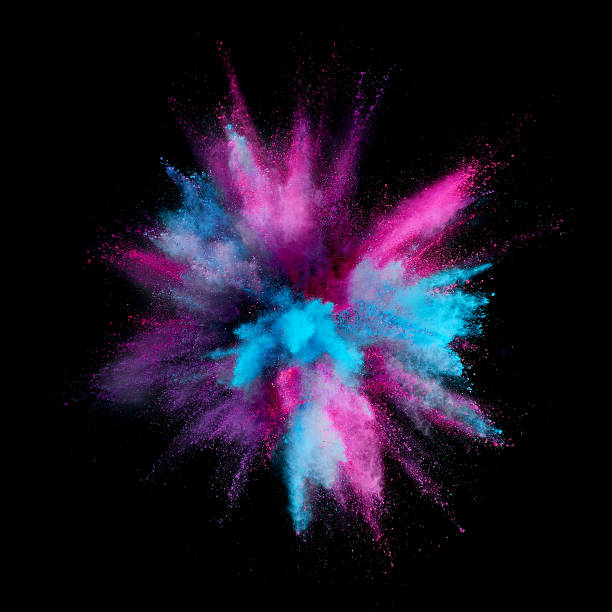
 Data Structure
Data Structure Networking
Networking RDBMS
RDBMS Operating System
Operating System Java
Java MS Excel
MS Excel iOS
iOS HTML
HTML CSS
CSS Android
Android Python
Python C Programming
C Programming C++
C++ C#
C# MongoDB
MongoDB MySQL
MySQL Javascript
Javascript PHP
PHP
- Selected Reading
- UPSC IAS Exams Notes
- Developer's Best Practices
- Questions and Answers
- Effective Resume Writing
- HR Interview Questions
- Computer Glossary
- Who is Who
What is Kijun-Sen (Base Line) Definition, Formula and how does it work?
Ichimoku cloud is a technical analysis technique that uses the Kijun-sen, or base line, as an indicator and as a component of the Ichimoku Kinko Hyo method of technical analysis.
It provides the central value of all the periods being calculated, mostly the number is 26, and as such, it is a good predictor of short- to medium-term price momentum in the short to medium range. When coupled with the other components of the Ichimoku cloud, the indicator may be used to find trading opportunities.
Example

Key Points Briefly
The Kijun-sen, which literally translates as "base line," is the midpoint of the 26- period high and low prices.
When the Kijun-sen crosses the Tenkan-sen (conversion line), which is the 9- period midpoint price, trade signals are generated. The Kijun-sen is usually used in combination with the Tenkan-sen (conversion line) to create trade signals.
It is uncommon to see the Kijun-sen utilized alone; rather, it is often used in combination with the other Ichimoku indications.
Whenever the price rises above the Kijun-sen, it indicates that the price movement is positive in the short- to medium-term. If the price is below the Kijunsen, this indicates that the price momentum is negative
The Kijun-Sen (Base Line) is calculated using the following formula −
$$\mathrm{Kijun-Sen (base\:line) = \frac{1}{2}(26\:period\:high\:+\:26-period\:low)}$$
Find the highest price that was achieved throughout the course of the previous 26 sessions.
Find the lowest price that has been achieved during the last 26 periods.
Add these two numbers together and divide by two to obtain the answer.
What Does the Kijun-Sen (Base Line) Have to Say About Things?
Understanding the Kijun-Sen (Kijun-Sen) (Base Line)
Kijun Sen is used by investors and financial enthusiasts to predict market trends before investing on assets and they are very useful tool to calculate market predictions. They provide a pattern for 26-period midpoint and its current trends, whether it has a downward curve or not. Investors use this computational tool to predict bearish pattern before investing on assets.
There is no finite quantity to use the period calculation for 26 only and it can be changed depending on the requirement of the investors. It is however recommended that the investors stick with the same amount of 26 and not change the amount to 46 or others as the results could be inaccurate.
During assessment of trends, it is important to consider the information given in the context of the whole Ichimoku cloud indication system. For example, if the price is higher than the "cloud," a bearish crossing may still be used to sell a long situation.
Kijun-sen (Base Line) v/s Simple Moving Average (SMA)
Kijun-sen is defined as the central point between the high and low price for the previous 26 periods. This isn't your typical calculator of average forecaster. On the other hand, a simple moving average does precisely that for you and computes the average for you for required fields.

